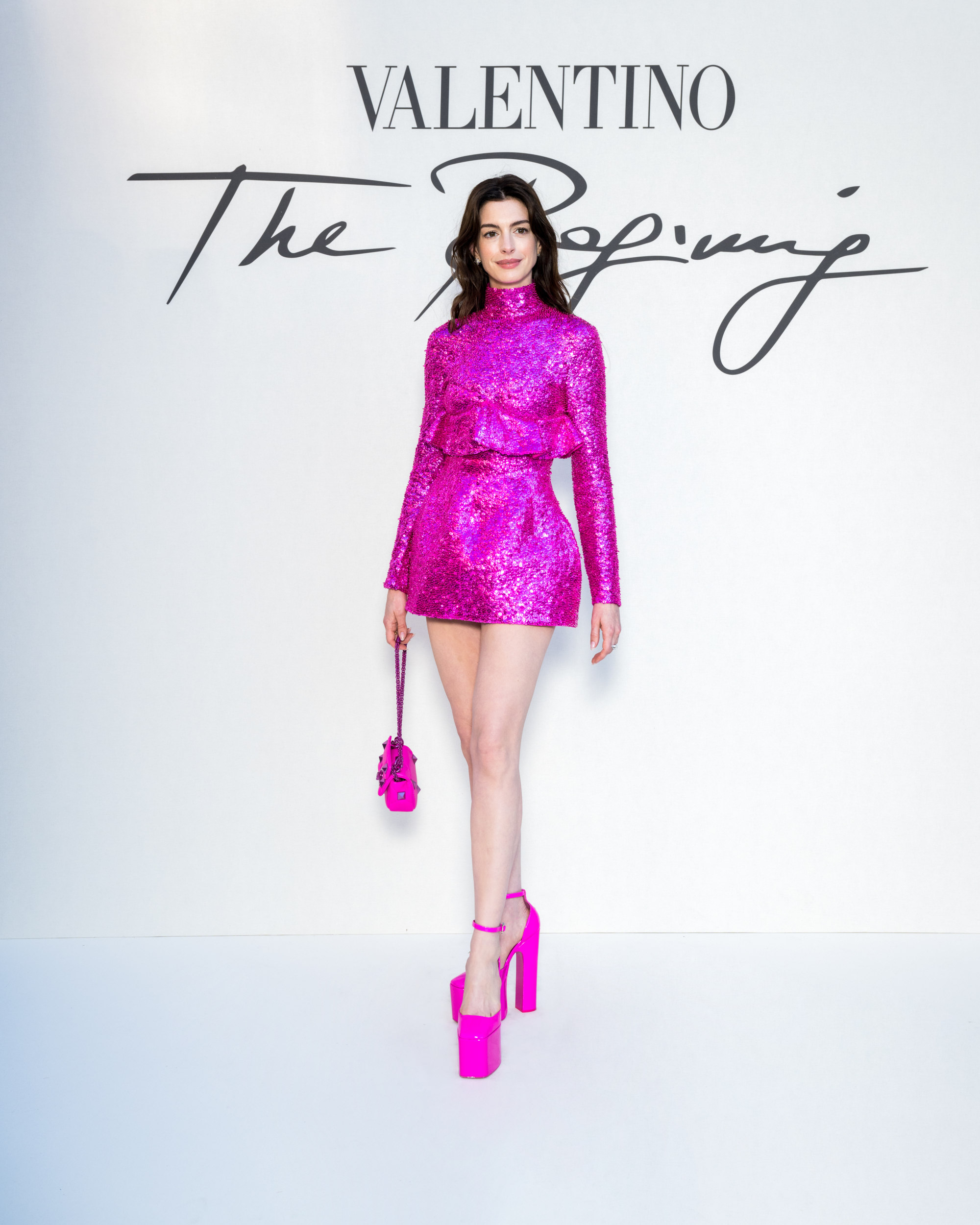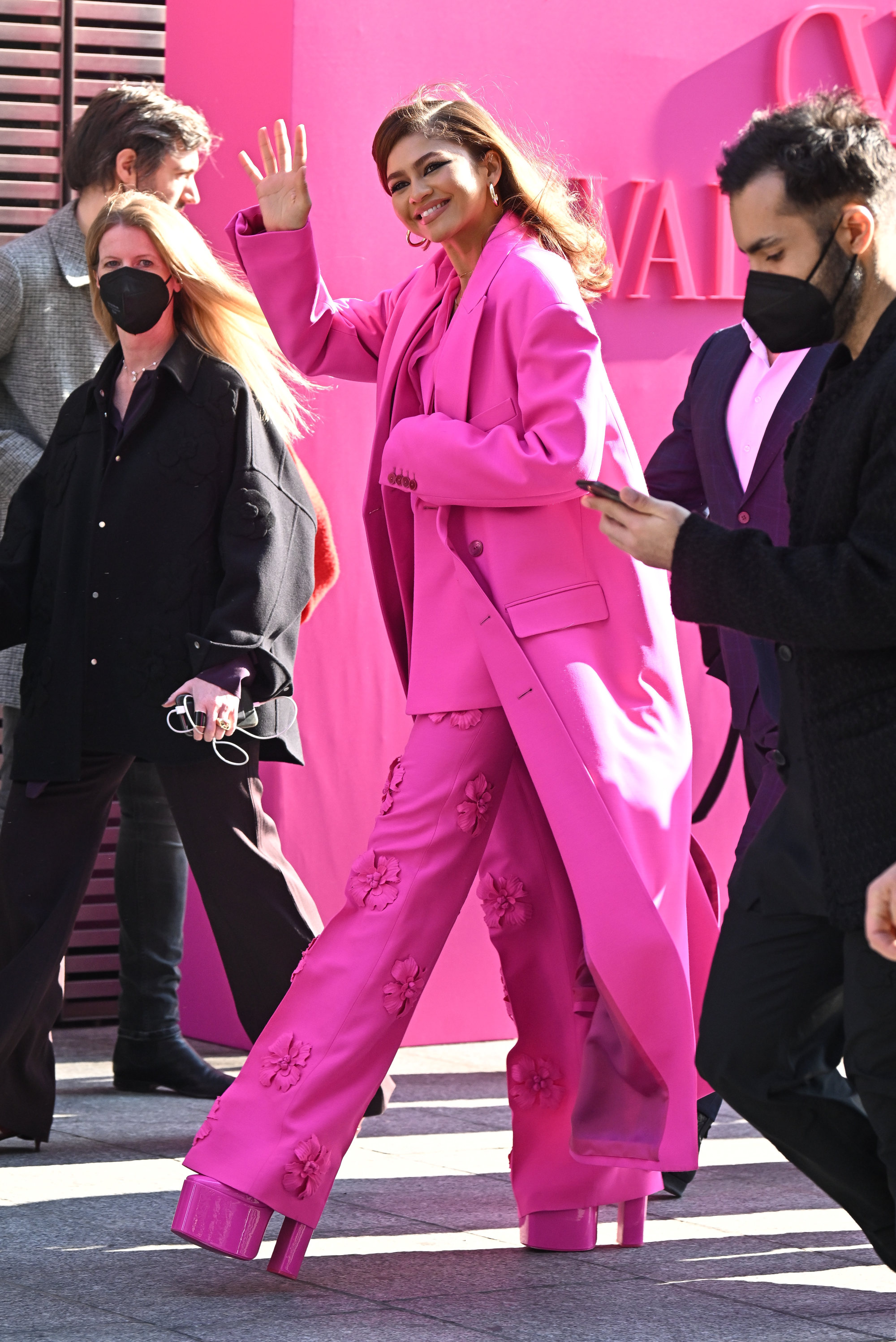
Lady Gaga and Zendaya’s crazy high heels aren’t a patch on these Chinese platform shoes
- A gorgeous pair of shoes dating from China’s Guangxu period and on show at the Hong Kong Palace Museum don’t contort the wearer’s feet into unnatural arches
- The Manchu-style shoes, however, did not catch on among Han Chinese women because of the atrocious Han Chinese custom of bound feet
I recently saw photographs of Anne Hathaway, Lady Gaga, Zendaya and other celebrities in what seems to be the footwear of the moment: insanely high platform heels.
For the uninitiated, these are shoes sporting impossibly high heels, with wedges elevating the fronts so that it’s possible to wear and maybe even walk in them. In this fashion cycle, the most popular platform heels are the Valentino Tan-Go, which retail for US$1,150, podiatrist’s fees not included.
A different kind of platform shoes, which, in my opinion, are prettier and possibly kinder on the feet, are on display at the recently opened Hong Kong Palace Museum in the West Kowloon Cultural District.
The gorgeous pair of shoes, dating from the Guangxu period (1875-1908), are fashioned from silk and cotton, and festooned with colourful appliqués and beadwork. The platforms that elevate these shoes, which were worn by Manchu ladies of the Qing dynasty (1644-1912), extend downwards from the centre of the soles.

Unlike platform heels, where the wearer’s feet are contorted into unnatural arches, the feet of women wearing these Manchu platform shoes remain flat. However, given the height of the platforms, from a modest few centimetres to three-quarters of a foot (23cm), women who wore them had to maintain their balance and be mindful of their gait.
Therein lay the attraction of these shoes, which were also known as “flower-pot bottoms” and “horse-hoof shoes” by virtue of the shapes of their wooden platforms. They compelled wearers to perambulate at a slower pace and comport themselves with dignity and grace.
China could have had a monarch today if not for one backtracking empress
The Manchus, whose original homeland was located in the extreme northeast corner of present-day China, adopted many aspects of Han Chinese culture after they conquered China in 1644, in particular language and the literary arts.
In clothing, however, it was the other way around. Han Chinese were forced to don the dress of their conquerors, and in time the Manchu sartorial style became part of the Chinese cultural identity. The modern qipao, the recognisably Chinese dress with a mandarin collar and side slits, literally means “robe of the Banner People”, the Banner People (qiren) being another name for the Manchus.
The Manchu flower-pot bottoms and horse-hoof shoes, however, did not catch on among Han Chinese women for a simple but very painful reason. Han Chinese women, unlike Manchu women, practised the atrocious custom of mangling the feet of female children, and binding them tightly to attain the repulsive aesthetic of tiny adult feet.
These “three-inched lotuses” were obviously a bad fit for Manchu platform shoes, which were fashioned for normal, unmutilated feet.

As for Han Chinese women who didn’t have their feet bound, such as peasants who had to work in the fields, dainty platform shoes that impeded menial labour were obviously not a practical choice of footwear.
Modernity’s rough landing in China in the late 19th and early 20th centuries totally transformed women’s footwear.
The custom of bound feet was thankfully eradicated. Manchu platforms and tiny shoes for maimed Han Chinese feet vanished, and were replaced by all manner of Western shoes, which remain the default footwear among Chinese today.
Traditional Chinese shoes are still worn, but only as part of a “costume” or for specific purposes such as martial arts training.











